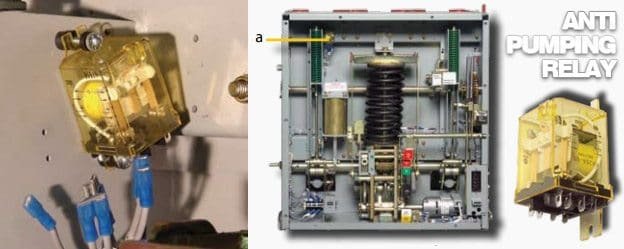Voltage regulators are important. They keep our devices running smoothly. Two common types are shunt and series voltage regulators. Let’s learn about them.
What is a Voltage Regulator?
A voltage regulator controls voltage. It ensures devices get the right power. Too much or too little power can harm devices. So, voltage regulators are crucial.
Shunt Voltage Regulator
A shunt voltage regulator is simple. It diverts extra current. This keeps the voltage steady. It works like a bypass. The extra current goes through the shunt path.
How Shunt Voltage Regulator Works
Imagine water flowing in a pipe. If there is too much water, it overflows. A shunt regulator works like an overflow pipe. It takes the extra water. This keeps the main pipe from bursting.
In a shunt regulator, a device is connected parallel to the load. This device is often a zener diode. The zener diode maintains a constant voltage. It does this by allowing extra current to pass through it.
Advantages Of Shunt Voltage Regulators
Shunt voltage regulators have some benefits:
- Simple design
- Low cost
- Reliable
These benefits make shunt regulators popular. They are used in many devices.
Disadvantages Of Shunt Voltage Regulators
However, shunt regulators have drawbacks:
- Not very efficient
- Limited power capacity
They waste energy. They can’t handle high power. So, they are best for low-power applications.
Series Voltage Regulator
A series voltage regulator is different. It adjusts current flow. This keeps the voltage steady. It works like a tap. It controls the amount of current.
How Series Voltage Regulator Works
Imagine water flowing in a pipe again. If there is too much water, you use a tap to reduce the flow. A series regulator works like a tap. It controls the amount of water.
In a series regulator, a device is connected in series with the load. This device is often a transistor. The transistor adjusts the current flow. This maintains a constant voltage.
Advantages Of Series Voltage Regulators
Series voltage regulators have some benefits:
- High efficiency
- Good for high power
- Stable output
These benefits make series regulators useful. They are used in many high-power devices.
Disadvantages Of Series Voltage Regulators
However, series regulators have drawbacks:
- Complex design
- Higher cost
They are more complicated. They cost more. So, they are best for high-power applications where efficiency is important.

Credit: embeddedcomputing.com
Comparison of Shunt and Series Voltage Regulators
Let’s compare shunt and series voltage regulators:
| Aspect | Shunt Voltage Regulator | Series Voltage Regulator |
|---|---|---|
| Design | Simple | Complex |
| Cost | Low | High |
| Efficiency | Low | High |
| Power Capacity | Low | High |
| Reliability | High | High |
This table shows the key differences. Each type has its own strengths and weaknesses.
Credit: e2e.ti.com
When to Use Shunt Voltage Regulators
Shunt voltage regulators are good for:
- Low-power devices
- Simple circuits
- Cost-sensitive applications
They are ideal for small, simple, and inexpensive devices.
When to Use Series Voltage Regulators
Series voltage regulators are good for:
- High-power devices
- Complex circuits
- Efficiency-sensitive applications
They are ideal for large, complex, and high-efficiency devices.
Frequently Asked Questions
What Is A Shunt Voltage Regulator?
A shunt voltage regulator controls voltage by diverting current away from the load.
How Does A Series Voltage Regulator Work?
A series voltage regulator controls voltage by varying the resistance in series with the load.
What Are The Advantages Of Shunt Voltage Regulators?
Shunt regulators are simple, cost-effective, and provide good voltage regulation.
Why Use A Series Voltage Regulator?
Series regulators are efficient, provide precise voltage control, and are good for high-power applications.
Conclusion
Both shunt and series voltage regulators have their place. Shunt regulators are simple and cheap. Series regulators are efficient and powerful. Choose the right one for your needs. Understanding these differences helps you make better choices.
Now you know the difference between shunt and series voltage regulators. This knowledge helps you keep your devices safe and efficient.







